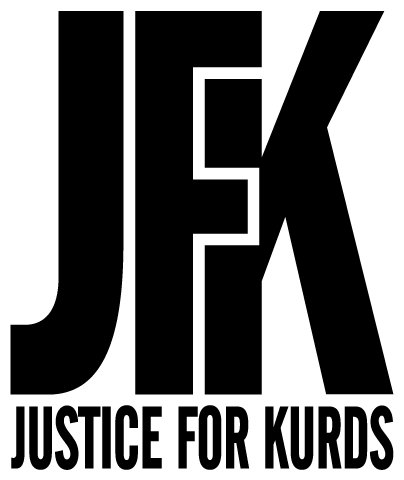
ISIS Damage Painting “Assyrian Boats”, 2018, Industrial floor paint, 47 x 178 x 3cm.
In 2001, Piers Secunda became intensely aware of warfare and destruction’s impact on culture. First, he was shocked by the Taliban’s destruction of the Bamiyan Buddhas. After the events of September 11, he found it difficult to go back to the abstract work in his New York City studio practice; he couldn’t stop thinking about the violent ends of geopolitics and wanted to use his art to express this. A few years later, he started doing just that.
Initially from the United Kingdom, Piers Secunda has also lived in the United States. He was born in London in 1976 and studied painting at Chelsea College of Art. He started his artistic career in the 90s, specializing in using paint sculpturally. He first became acquainted with Kurdistan by planning for one of his artworks about the impacts of ISIS bombs on cultural centers, ancient villages, and sites. In 2015, this art project brought him to Iraqi Kurdistan, and he discovered more about the Kurds and their culture.
Secunda’s work is always carefully researched. His art conveys important ideas in a documentary-like manner, showing the viewer what it is like on the scene of destruction. His intention before traveling to Kurdistan was to make molds of Assyrian sculptures that had been damaged using dental putty. He was unable to get to these because they were in ISIS-occupied territory. However, he collected molds of bullet-damaged walls from another cultural place – a school that ISIS had taken over with this first trip. When he returned home, he incorporated these into an Assyrian relief sculpture which he described as “loud, and perhaps aggressive compared to the drawings I also made.”

ISIS Bullet Hole Painting (Four Horses) (Detail) 2017 Industrial floor paint 92 x 350 x 12cm
With these works, Piers Secunda intends to show both the importance and fragility of cultural places that need to be protected. His work has been well received in Kurdistan, where people understand first-hand the importance of this idea. However, Mr. Secunda ultimately wants crowds outside Kurdistan to recognize just how important cultural buildings are. Through various exhibits, he had successfully done this, saying:
“There’s a sense that if an artist deliberately goes to a place and does work about it with the help of local people – from the grassroots level to very high up –, then there must be something within it which is worth hearing. People are drawn to that to a degree.”
After traveling to Kurdistan once, Piers Secunda returned several times. He found much inspiration for various art projects there and made solid friendships and connections in Iraqi Kurdistan. Another project involved Kurdish textiles, which he drew using indigo ink.
“I made the drawings of the Kurdish textiles. They are monochrome images of the rugs’ patterns and their complexity,” he told Justice for Kurds. The results are stunning and incredibly realistic.

Kurdish Kilim 2019 Indigo ink on paper 21 x 29.5cm
When asked why he used indigo paint to draw these textiles, Mr Secunda explained that indigo was the first chemically manufactured pigment to arrive in Kurdistan, brought by the French and British colonisers. The arrival of these chemically manufactured pigments corresponds with the steady decline of the Kurdish textile industry – which had been incredibly powerful until then. More than that, the traditional way of creating colours and pigments also disappeared – chemical pigments were better at preserving colour over longer periods of time. To Mr Secunda, this change in culture caused by external powers and colonialism is another form of destruction. The indigo colour of the drawings represents the disappearance of the textile tradition.
Piers Secunda’s art is like a visual history book. Both his Kurdish textile project and the ISIS-bombed moulds project show the deep level of thought and research that go into each of his pieces. The fact that he travels to the places he is interested in makes his works particularly impactful, and they are full of stories about the people he met along the way that helped him complete them. When we asked Mr Secunda what his plans were for the future, he mentioned a project using charcoal collected from the Mosul Museum with the help of the soldiers he was travelling with. He also has plans to work on more projects in Kurdistan.
To find out more about Piers Secunda and his work, you can visit his website: https://www.pierssecunda.com/
You won’t be disappointed!

